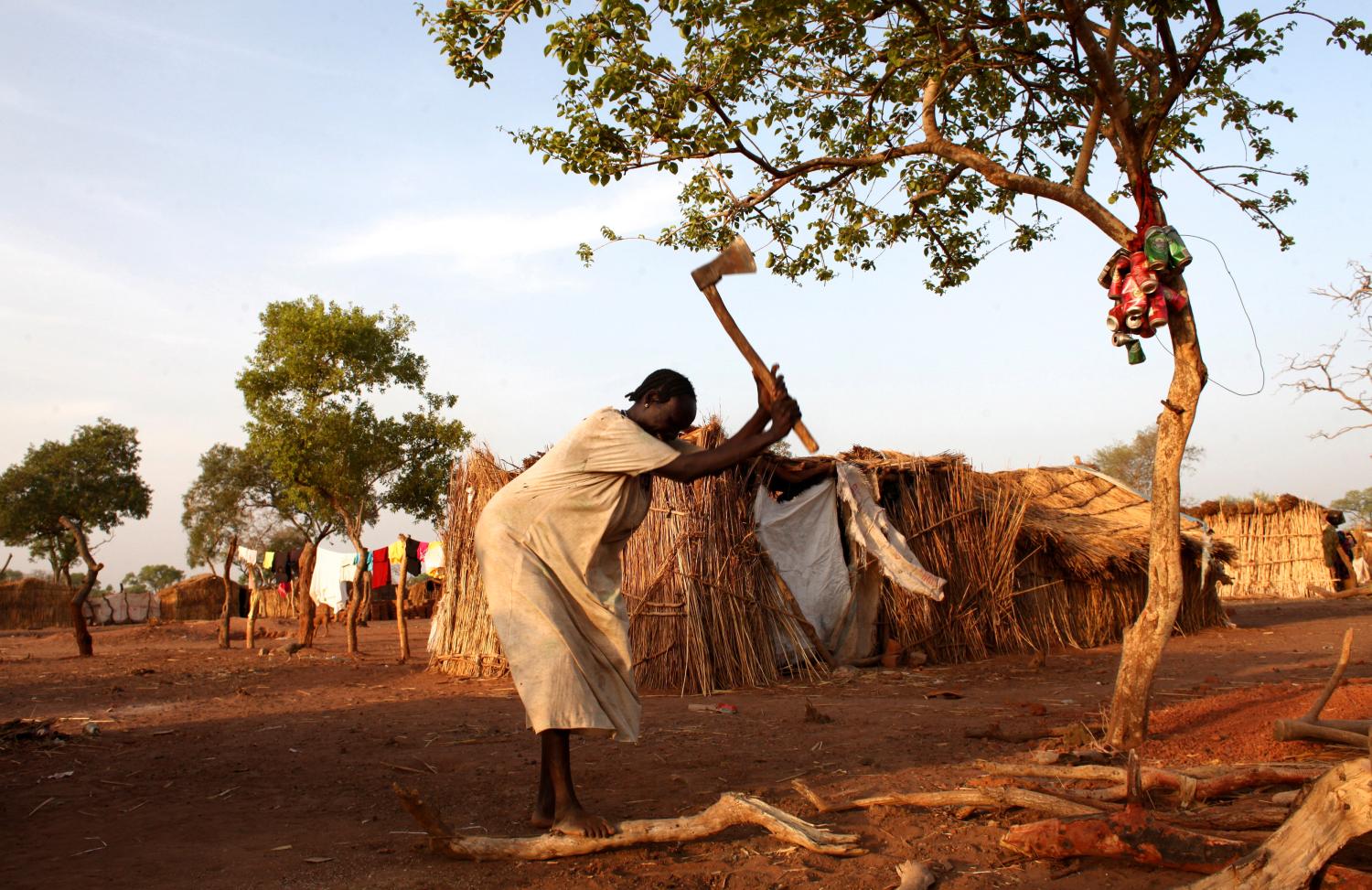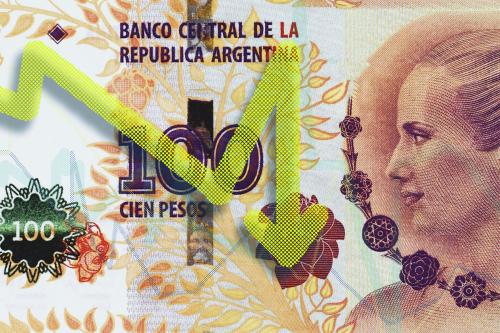Introduction
Data play an important role in global efforts to end poverty. Data are relied on to determine the prevalence of poverty and its characteristics, to quantify and allocate global resources devoted to reducing poverty, and to assess whether investments to help the poor ultimately work. Good data can inspire confidence in poverty reduction plans and enable results to be rigorously pursued; weak or absent data reduce the goal of poverty reduction to a matter of faith.
This paper is concerned with the central data issue in poverty analysis: counting the number of people who live in poverty around the world. It describes various problems encountered in calculating global poverty estimates and their implications for the accuracy and application of poverty data.
Understanding and awareness of how poverty is measured is generally very low in the development community. This is surprising given the focus on reducing poverty and the frequency with which poverty numbers are cited. Part of the reason for this is that poverty measurement is a deceptively complex field. This paper is intended to expand understanding and awareness by singling out the most important issues and explaining them in layman terms.
Poverty is defined here by the narrowly construed, but widely used, income-based poverty line of US$1.25 a day. This poverty measure is employed in the first and foremost Millennium Development Goal (MDG1a) – to halve the rate of global poverty by 2015 from its 1990 level. It will almost certainly be used again in any successor target as part of a new set of global goals. The reliability of poverty estimates based on this poverty measure is therefore pivotal to the credibility of the MDG and “post-2015” agenda.
The overarching message of the paper is threefold. First, counting the number of people living in poverty worldwide is difficult. It incurs technical, resource, coordination and institutional challenges. Second, the availability and quality of poverty data has improved dramatically over the past two decades. At the same time, however, certain weaknesses within the data have crystallised. Third, there is scope to significantly improve the quality and usefulness of poverty data through a combination of immediate reforms and longer term investments.
The paper is structured as follows. It begins by briefly explaining how global poverty numbers are obtained. It then explores weaknesses in the data organised around three core problems: the reliability of household surveys; adjustments for prices; and timeliness and frequency issues. Next, it describes the underlying constraints to improving poverty data. A concluding section looks at data solutions and the ways in which the scope of, and demand for, poverty data are changing.
Read the full paper on the Development Initiatives website »



